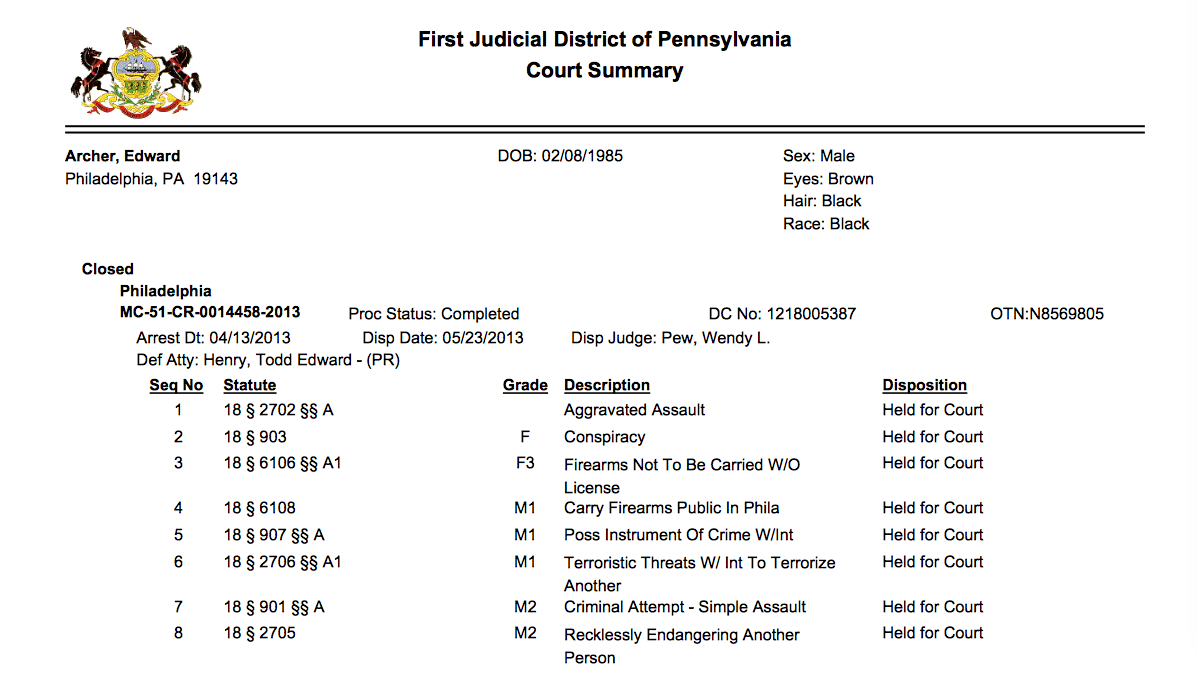Top US General Offers Warning on IS Fighters in Caribbean
VoA: A top U.S. general is concerned that a small number of motivated Islamic State fighters could commit acts of terror in Caribbean nations.
General John Kelly, commander of the U.S. Southern Command, told reporters Friday at the Pentagon that about 150 Islamic extremists left the Caribbean region to join Islamic State fighters in the Middle East last year, about 50 more than in the previous year.
However, he said, the biggest threat might not be the extremists who leave to train and fight with the Islamic State, but the ones who stay behind.
Kelly said Islamic extremist groups seem to have a new message for would-be jihadists.
“And that [message] is, ‘Rather than coming here to Syria, why don’t you just stay at home and do San Bernardino or do Boston or do Fort Hood?’ ” the general said, referring to attacks in the U.S. perpetrated by Muslims sympathetic to extremist groups. As recently as Thursday, a gunman claiming allegiance to the Islamic State ambushed a police officer as he sat in his car in Philadelphia.
“They [Caribbean nations] don’t have an FBI, they don’t have law enforcement like we do,” Kelly said, adding that the U.S. military provides as much information as it can to agencies in those countries.
Iraq, Afghanistan
When asked about the wars in Iraq and Afghanistan, Kelly praised recent comments made to USA Today by General John Campbell, commander of the NATO-led Resolute Support Mission, that the president should delay the drawdown of U.S. troops and maintain the current force of 9,800 because of the volatile security situation in Afghanistan.
He also appeared to pointedly disagree with the U.S. decision to withdraw all troops in Iraq by the end of 2011, telling a reporter there were “other ways to have done it.”
“I believe this war stuff is hard, and it’s not for the untrained and the unadvised,” he said.
Kelly, who served in Iraq’s Anbar province, said the removal of U.S. troops took away vital mentors the Iraqi army needed as it continued to develop.
“The equipment is important, but it doesn’t come close to having people who are just with them,” he said.
Kelly, a Marine, said there would eventually be “pressure” to lower standards for women so more of them could advance in combat roles, such as the Marine infantry and the Army Rangers.
Last year, the Marine Corps asked that certain combat jobs remain closed to women, but Defense Secretary Ash Carter overruled the request.
Pentagon officials have vowed that standards for those jobs will not be lowered.
***
Meanwhile, who will be Michelle Obama’s guest at the State of the Union address? Whoa….
Syrian refugee among first lady’s guests for State of Union
WASHINGTON (AP) — A Syrian scientist stricken with cancer and seeking a new start for his family in Michigan will represent Syrian refugees as a guest of first lady Michelle Obama for the president’s final State of the Union address.
President Barack Obama has committed to accepting an additional 10,000 Syrian refugees, but some Republican lawmakers and presidential candidates are critical of the expansion. Republican presidential candidate Ted Cruz, for example, noted the recent arrest of two Iraqi refugees. During an interview with CNN that aired Sunday, Cruz emphasized that they came to the United States “using the same vetting that President Obama wants us to trust with Syrian refugees.”
Refaai Hamo, his son and three daughters landed at Detroit Metropolitan Airport in December, anxious to rebuild their lives. Hamo fled to Turkey from Syria after a missile attack killed his wife and one other daughter. Hamo was profiled on the popular photo blog Humans of New York and identified as “The Scientist.”
The White House said Sunday that Hamo will be among about 20 guests who will sit near the first lady on Tuesday. The guests include several veterans and service members, including one of the three Americans who thwarted a terrorist attack aboard a Paris-bound train.
Those on the guest list will highlight issues that Obama has attempted to prioritize during his tenure, such as expanded health insurance coverage, and issues that he hopes to work on during his final year, such as criminal justice reform. The guest list includes a California man whose partner was killed in the San Bernardino attack, the first female Army Reserve officer to graduate from the Army’s elite Ranger School and a plaintiff in the landmark Supreme Court case that found same-sex couples have a constitutional right to marry. One seat will be empty, to represent the victims of gun violence.
Obama read about Hamo’s story last month. His cancer had gone untreated because he lacked health insurance. The actor, Ed Norton, set up for the Hamo family an online fundraising campaign that raised more than $450,000. The White House described Hamo as living the kind of life in Syria that is associated with the American dream. He married his college sweetheart, and they built a life together before a missile tore through the complex he helped design and where his family lived.
Obama told Hamo through a Facebook posting that, “Yes, you can still make a difference in the world, and we’re proud that you’ll pursue your dreams here. Welcome to your new home. You’re part of what makes America great.”
Other guests include:
— Staff Sgt. Spencer Stone of Sacramento, California, who, along with Anthony Sadler and U.S. Army Specialist Alex Skarlatos, stopped a man from opening fire on passengers aboard a crowded Paris-bound train.
— Oscar Vazquez of Fort Worth, Texas, a veteran who came to the U.S. as a child from Mexico, and now works as a business analyst and advocate for Latino students.
— Sue Ellen Allen of Scottsdale Arizona, co-founder of a nonprofit that helps former prisoners re-enter society.



